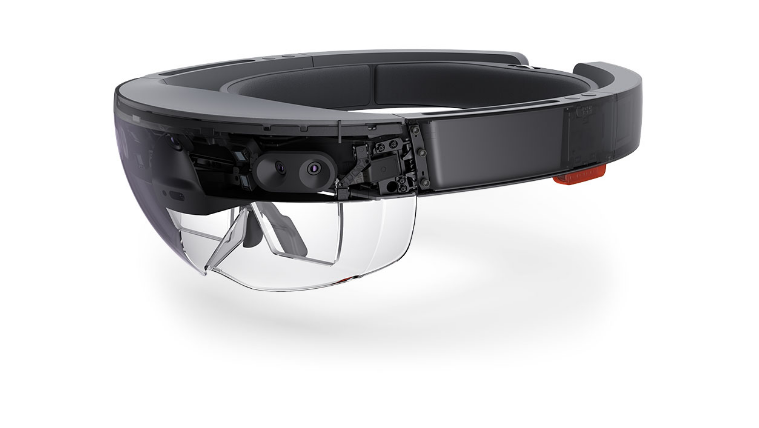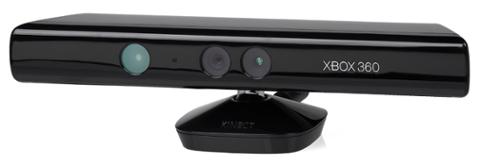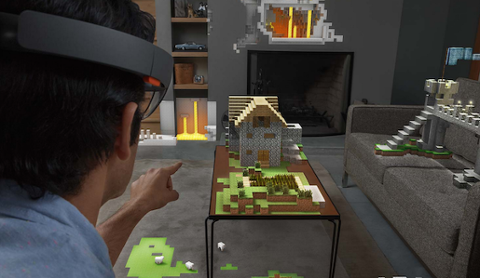The device, according to the documents, will be lighter, more comfortable to wear, and have significantly improved holographic displays. But most importantly, it will cost significantly less than the current version of the HoloLens.If you’re wondering how Microsoft can make a cheaper, better HoloLens, the answer is actually pretty simple: Kinect. Yes, our favorite Xbox-born motion tracker is apparently going to serve as the HoloLens’ new sensor hub. At Build 2018, Microsoft announced ‘Project Kinect’ for Azure Edge hardware. The updated sensor array can track hand movement and articulation, and provide “high fidelity” spacial mapping. The document(s) Thurrott viewed frame the mixed/augmented/virtual reality market (or markets) as “must-win.” It’s safe to say that, aside from its Surface lineup and Xbox, the HoloLens is Microsoft’s only profitable hardware hand left to play. Its Windows Phone was trampled in the smartphone arena by iPhone and various Android OEMs. And there’s an advantage for Microsoft. Apple is undoubtedly working on a headset for augmented reality, but it’s probably not slated for release anytime soon. Google has some virtual reality angles it’s working for Android, but projects like Daydream lack clarity and direction. Oculus seems to have hit a wall, in terms of adoption, and secretive startup Magic Leap feels like vaporware. Should Microsoft beat Apple to the punch with a great AR headset, becoming the ‘go-to’ hardware for augmented reality isn’t far-fetched. (Apple’s desktop VR efforts tap into the HTC Vive, so it’s not beyond partnering with outside hardware OEMs when it makes sense.) And as far as we can see (so far), the new Kinect sensor array makes the most sense when aligned with augmented reality.
Smaller, Cheaper HoloLens with Kinect Sensors Coming in 2019: Report
Microsoft Build 2018 is in our rearview mirror, and left many wanting, at least in terms of augmented reality (AR). The show had tons of great additions to the Azure ecosystem, but no new HoloLens hardware to speak of. A new rumor suggests there’s good reason for the delay. According to Thurrott, a brand new HoloLens codenamed ‘Sydney’ is slated for release in Q1 2019. This is according to documents Thurrott was “able to view,” so take that as you will. From its report:



